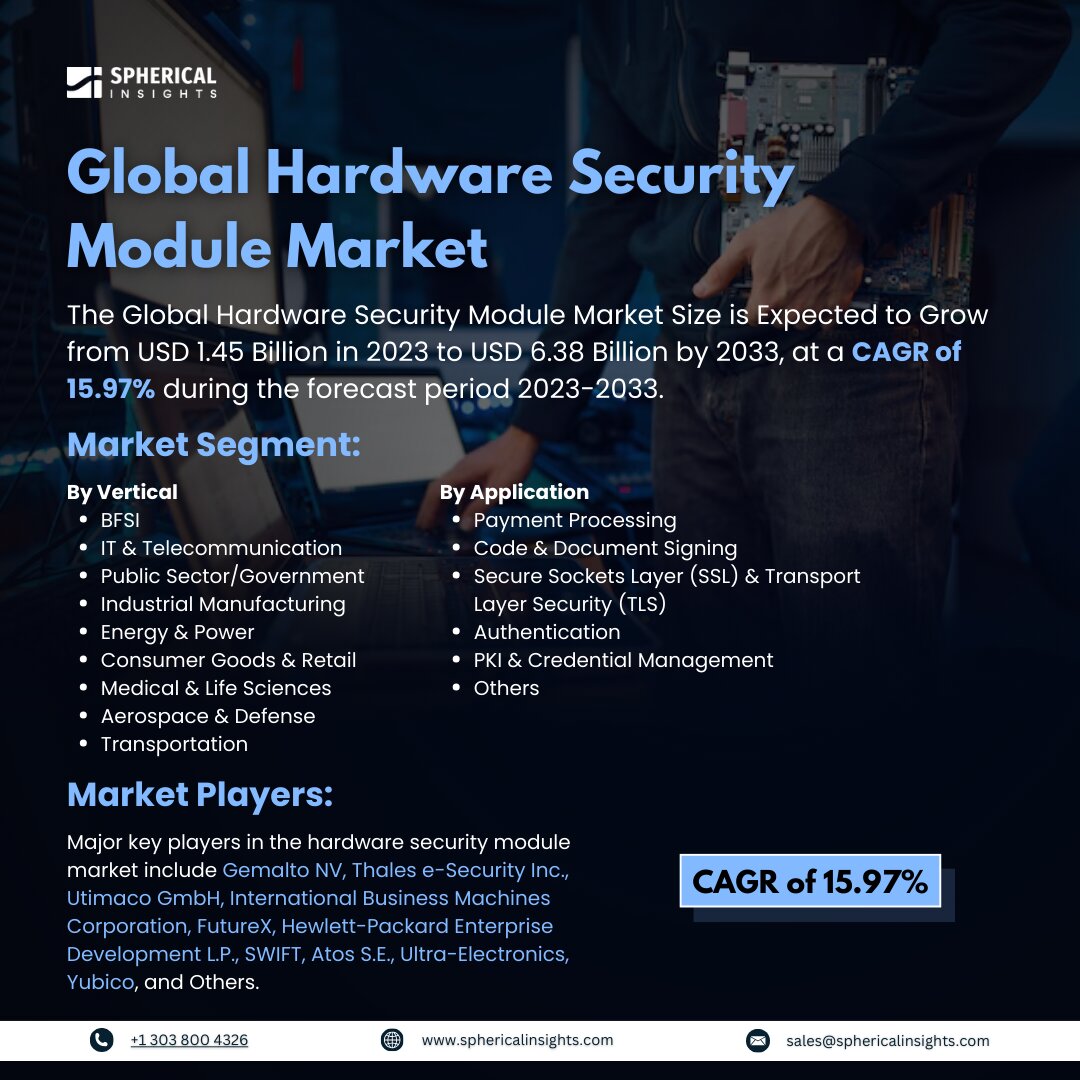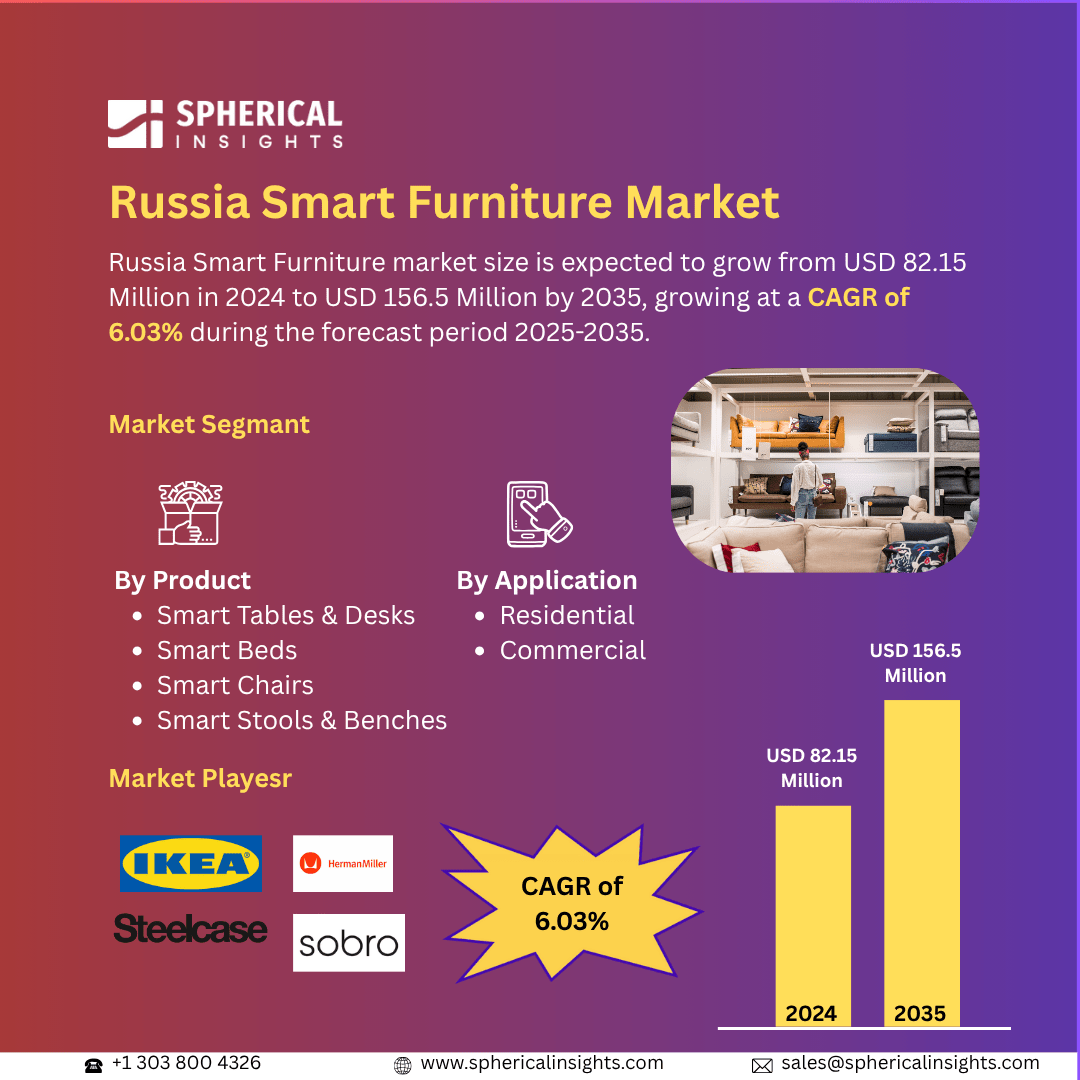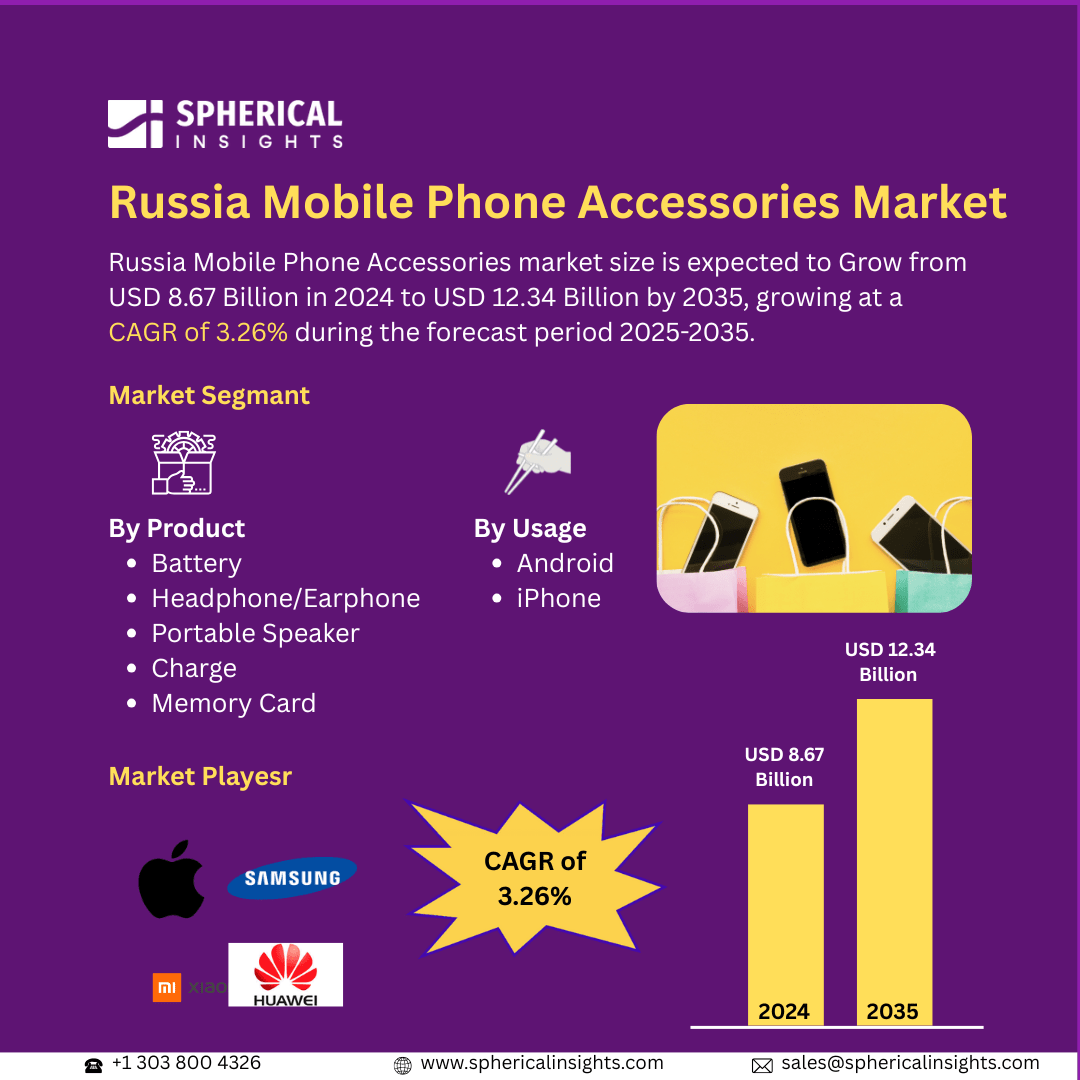Global Hardware Security Module Market Size to worth USD 6.38 Billion by 2033
According to a research report published by Spherical Insights & Consulting, the Global Hardware Security Module Market Size is Expected to Grow from USD 1.45 Billion in 2023 to USD 6.38 Billion by 2033, at a CAGR of 15.97% during the forecast period 2023-2033.
Browse key industry insights spread across 210 pages with 110 Market data tables and figures & charts from the report on the Global Hardware Security Module Market Size, Share, and COVID-19 Impact Analysis, By Vertical (BFSI, IT & Telecommunication, Public Sector/Government, Industrial Manufacturing, Energy & Power, Consumer Goods & Retail, Medical & Life Sciences, Aerospace & Defense, and Transportation), By Application (Payment Processing, Code & Document Signing, Secure Sockets Layer (SSL) & Transport Layer Security (TLS), Authentication, PKI & Credential Management, and Others), By Deployment Type (On-Premise and Cloud), and By Region (North America, Europe, Asia-Pacific, Latin America, Middle East, and Africa), Analysis and Forecast 2023 – 2033.
A hardware security module is a physical device that protects and manages cryptographic keys and other secrets. This physical computing device safeguards and manages secrets, and performs encryption and decryption functions for digital signatures, strong authentication, and other cryptographic functions. The need to efficiently handle cryptographic keys, the rise of digital transactions and electronic payments, and the growing requirement to protect sensitive financial data are the main factors driving the growth of the hardware security modules market. The growing adoption of blockchain and cryptocurrencies is providing lucrative market growth opportunities for hardware security modules. The surging demand to follow stringent data security compliances and implementation of new legal frameworks is driving the market. Further, the adoption of contemporary technologies including IoT and cloud computing that leads to an increasing demand for information and data security is driving the market growth. On the contrary, the susceptibility to cyberattacks and security breaches is restraining the hardware security module market.
The medical & life sciences segment is anticipated to grow at the fastest CAGR during the forecast period.
Based on the vertical, the global hardware security module market is divided into BFSI, IT & telecommunication, public sector/government, industrial manufacturing, energy & power, consumer goods & retail, medical & life sciences, aerospace & defense, and transportation. Among these, the medical & life sciences segment is anticipated to grow at the fastest CAGR during the forecast period. The device protects sensitive data for medical and life sciences by managing cryptographic keys. The increasing demand for protecting patient identity, related data, and payment information is propelling the market.
The PKI & credential management segment is anticipated to dominate the market during the forecast period.
Based on the application, the global hardware security module market is divided into payment processing, code & document signing, secure sockets layer (SSL) & transport layer security (TLS), authentication, PKI & credential management, and others. Among these, the PKI & credential management segment is anticipated to dominate the market during the forecast period. Hardware Security Modules (HSMs) are essential for maintaining the security of cryptographic processes, particularly when it comes to Credential Management and Public Key Infrastructure (PKI).
The on-premise segment is expected to account for the largest market share during the forecast period.
Based on the deployment type, the global hardware security module market is divided into on-premise and cloud. Among these, the on-premise segment is expected to account for the largest market share during the forecast period. The segment comprises dedicated hardware appliances that are installed in a private data center to store, generate, and operate cryptographic keys.
Europe is projected to hold the largest share of the global hardware security module market over the forecast period.
Europe is projected to hold the largest share of the global hardware security module market over the forecast period. The increasing popularity of online data-sharing applications and digital technologies owing to the trend of remote working is driving the hardware security module market. The implementation of stringent data protection regulations and the adoption of HSMs to ensure data protection & regulatory compliances are propelling the market growth.
North America is predicted to grow at the fastest CAGR in the hardware security module market over the forecast period. The shifting consumer inclination for the adoption of contactless cards and digital-first credit cards is expected to drive the market. Further, the presence of financial institutions, technology companies, and strict data protection regulations are significantly contributing to propel the market.
Competitive Analysis
Major key players in the hardware security module market include Gemalto NV, Thales e-Security Inc., Utimaco GmbH, International Business Machines Corporation, FutureX, Hewlett-Packard Enterprise Development L.P., SWIFT, Atos S.E., Ultra-Electronics, Yubico, and Others.
Key Target Audience
- Market Players
- Investors
- End-users
- Government Authorities
- Consulting And Research Firm
- Venture capitalists
- Value-Added Resellers (VARs)
Recent Developments
- In October 2023, to allow designers to easily integrate security into their applications, Microchip Technology announced a new family of PIC32CZ CA 32-bit microcontrollers with a 300 MHz Arm Cortex-M7 processor, an integrated Hardware Security Module (HSM), and a wide range of connectivity and Flash memory options for added flexibility.
- In February 2022, Securosys, a market leader in cyber security, encryption, and securing digital identities, is announcing its strategic partnership with Randtronics and having the Securosys Hardware Security Module (HSM) and CloudsHSM portfolio seamlessly work with Randtronics’ Data Privacy Manager (DPM).
- In January 2022, Infineon Technologies announced the extension of its AURIX microcontroller (MCU) family with the first silicon samples available, plus a new AIROC Bluetooth LE system-on-chip (SoC).
Market Segment
This study forecasts revenue at global, regional, and country levels from 2023 to 2033. Spherical Insights has segmented the global hardware security module market based on the below-mentioned segments:
Global Hardware Security Module Market, By Vertical
- BFSI
- IT & Telecommunication
- Public Sector/Government
- Industrial Manufacturing
- Energy & Power
- Consumer Goods & Retail
- Medical & Life Sciences
- Aerospace & Defense
- Transportation
Global Hardware Security Module Market, By Application
- Payment Processing
- Code & Document Signing
- Secure Sockets Layer (SSL) & Transport Layer Security (TLS)
- Authentication
- PKI & Credential Management
- Others
Global Hardware Security Module Market, By Deployment Type
Global Hardware Security Module Market, Regional Analysis
- North America
- Europe
- Germany
- Uk
- France
- Italy
- Spain
- Russia
- Rest of Europe
- Asia Pacific
- China
- Japan
- India
- South Korea
- Australia
- Rest of Asia Pacific
- South America
- Brazil
- Argentina
- Rest of South America
- Middle East & Africa
- UAE
- Saudi Arabia
- Qatar
- South Africa
- Rest of the Middle East & Africa



